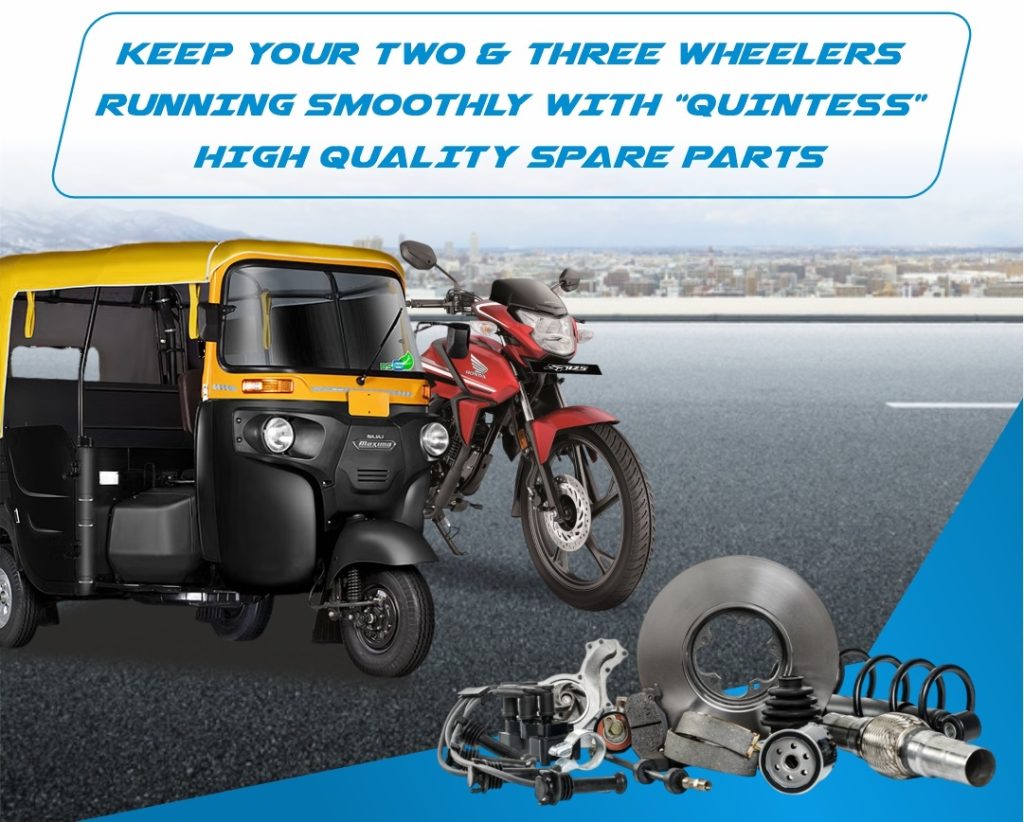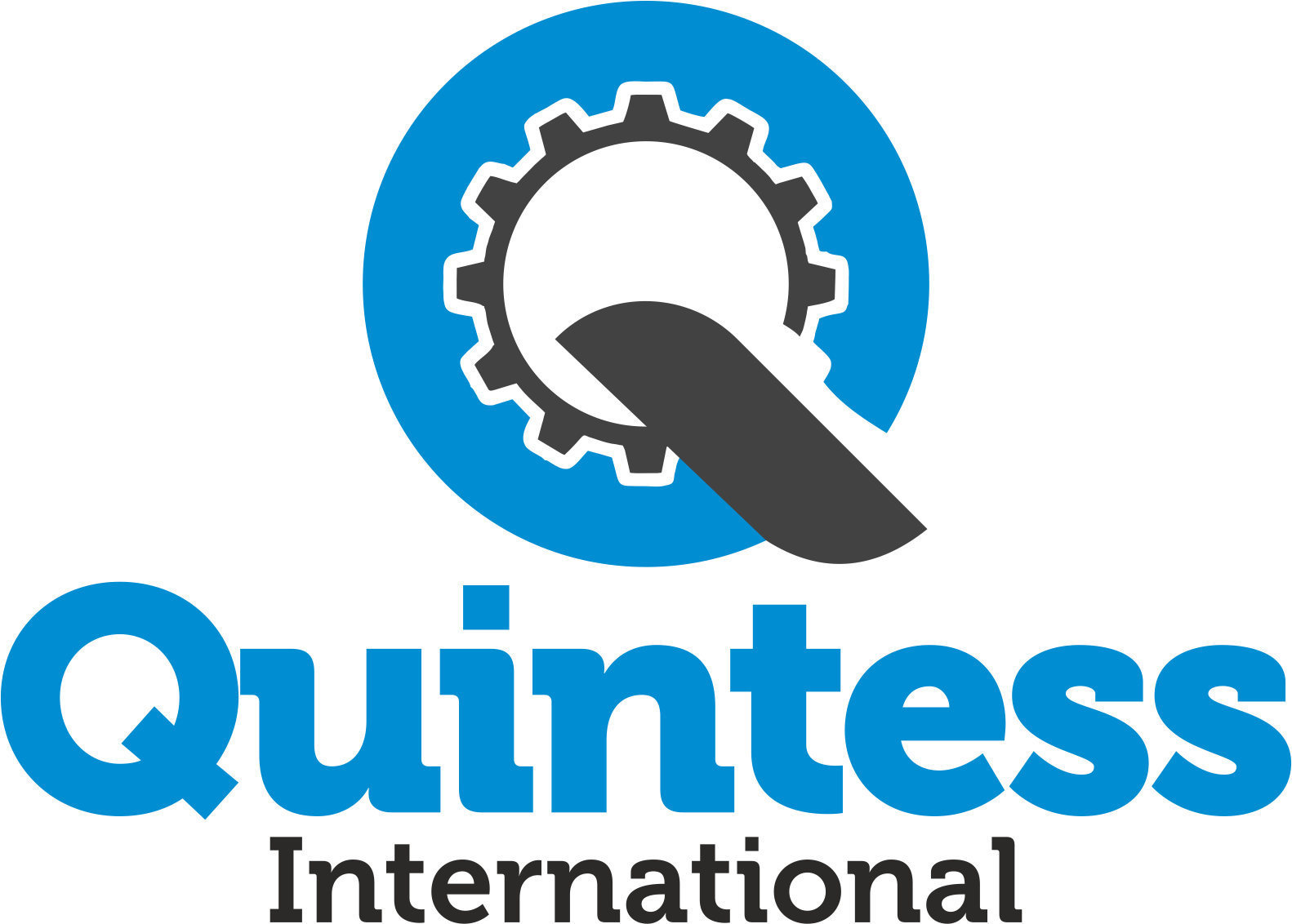
India, as one of the largest automotive hubs in the world, has a massive and dynamic market not only for vehicles but also for spare parts. This robust landscape is underpinned by a growing consumer base that is increasingly seeking reliability and quality in automotive components. The demand for 2-wheeler and 4-wheeler spare parts is not restricted within India’s borders — it extends strongly into neighbouring countries like Nepal, Bangladesh, Bhutan, and Sri Lanka. In fact, these countries heavily rely on Indian automotive brands and aftermarket services, making spare parts a vital segment of the regional economy.
This interdependence highlights the significance of India’s automotive industry, as it plays a crucial role in meeting the needs of these neighbouring markets. As the automotive sector continues to evolve, we witness a surge in cross-border trade, driven by competitive pricing and the availability of high-quality spare parts from Indian manufacturers. Furthermore, the rise of e-commerce platforms has facilitated easier access to these components, enhancing the purchasing experience for consumers in these countries.
Let’s dive deep into how this demand is shaping up across the region. By examining the trends and factors influencing this growth, we can gain insights into the future of the automotive spare parts market and identify opportunities for innovation and expansion
1. Current Market Overview
2-Wheeler Segment:
-
India is the largest manufacturer and exporter of two-wheelers globally.
-
Brands like Hero MotoCorp, Bajaj Auto, TVS Motors, Royal Enfield dominate both domestic and neighbouring country markets.
-
The heavy use of two-wheelers in Nepal, Bangladesh, and Sri Lanka for daily commuting creates constant demand for parts like tires, brake pads, clutch plates, engine parts, suspension systems, and lighting.
4-Wheeler Segment:
-
In the 4-wheeler space, Indian brands such as Tata Motors, Mahindra & Mahindra, and Maruti Suzuki are extremely popular in neighbouring countries.
-
Commercial vehicles and SUVs particularly drive the spare parts demand due to rugged road conditions in these regions.
-
Components such as filters, brake systems, shock absorbers, transmission parts, and body components are in high demand.
2. Key Drivers of Spare Parts Demand
-
Aging Vehicle Fleet
Many neighbouring countries have older vehicle populations that require more frequent replacement of parts to stay roadworthy. -
High Usage Rates
Two-wheelers especially are used intensively, both commercially and personally, leading to faster wear and tear. -
Limited Local Manufacturing
Most neighbouring countries have limited local production of automotive spare parts, relying heavily on imports from India. -
Affordable Pricing
Indian spare parts are competitively priced, offering an affordable alternative to expensive Japanese, European, or Chinese parts. -
Growth of Organized Aftermarket
In countries like Nepal and Bangladesh, organized service networks and workshops are expanding, fueling systematic spare parts demand.
3. Popular Spare Parts in Demand
| Category | Common Spare Parts |
|---|---|
| 2-Wheelers | Brake pads, chains & sprockets, batteries, engine oil, tires, clutch plates |
| 4-Wheelers | Air filters, oil filters, brake discs, headlights, suspension kits, radiator components |
4. Major Indian Exporters of Spare Parts
-
Hero Genuine Parts (Hero MotoCorp)
-
Bajaj Genuine Parts
-
TVS Motor Parts
-
Mahindra Genuine Parts
-
Tata Motors Spare Parts
-
Bosch India
-
UNO Minda
-
Endurance Technologies
These companies have strong distribution networks in neighbouring countries and often set up authorized dealerships or tie-ups with local importers.
5. Challenges in the Spare Parts Trade
-
Logistics and Customs Barriers:
Inconsistent border regulations and tariffs often delay supply chains. -
Counterfeit Products:
Fake spare parts entering markets can undermine the reputation of genuine Indian exporters. -
Aftermarket Competition:
Chinese spare parts, although often lower quality, are cheaper and can sometimes flood the market. -
Currency Fluctuations:
Economic instability in countries like Sri Lanka impacts the purchasing power for imports.
6. Opportunities for Growth
-
Setting up Local Warehouses
Indian companies can set up regional warehouses in Nepal or Bangladesh to cut lead times and enhance availability. -
Skill Development for After-Sales Service
Training local mechanics and workshops in handling Indian vehicles can improve spare part sales. -
E-commerce for Spare Parts
Online sales platforms are emerging, and companies can tap into this trend to reach remote customers directly. -
Focus on Electric Vehicle (EV) Parts
As 2-wheeler electrification grows, supplying EV-specific components like battery packs and controllers will open new avenues.
7. Future Outlook
The Indian automotive spare parts industry is expected to grow at a CAGR of 7-8% over the next five years, with neighboring countries contributing significantly to this expansion. Rising vehicle ownership, urbanization, and improved road infrastructure in South Asia will further boost the demand.
Indian spare parts will continue to hold a strategic advantage because of their affordability, reliability, and the deep-rooted brand presence of Indian automakers across the region.
Conclusion
The 2-wheeler and 4-wheeler spare parts industry from India to neighbouring countries is poised for steady growth. Strategic partnerships, focus on genuine parts promotion, and innovation in distribution can help Indian companies tap into this massive potential even further.
For players in the Indian automotive ecosystem, the neighbouring markets are not just an opportunity but a necessity for sustainable expansion.


